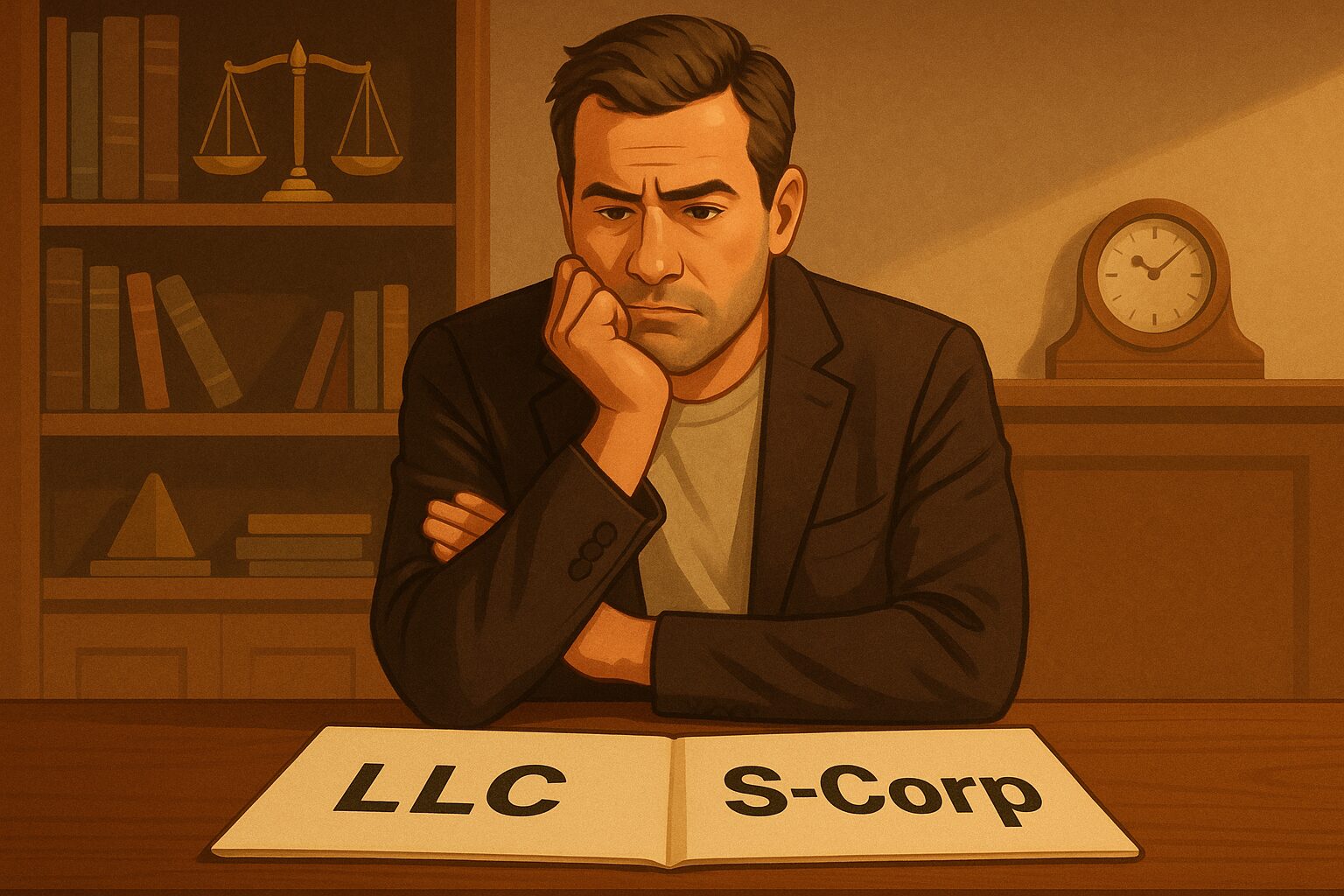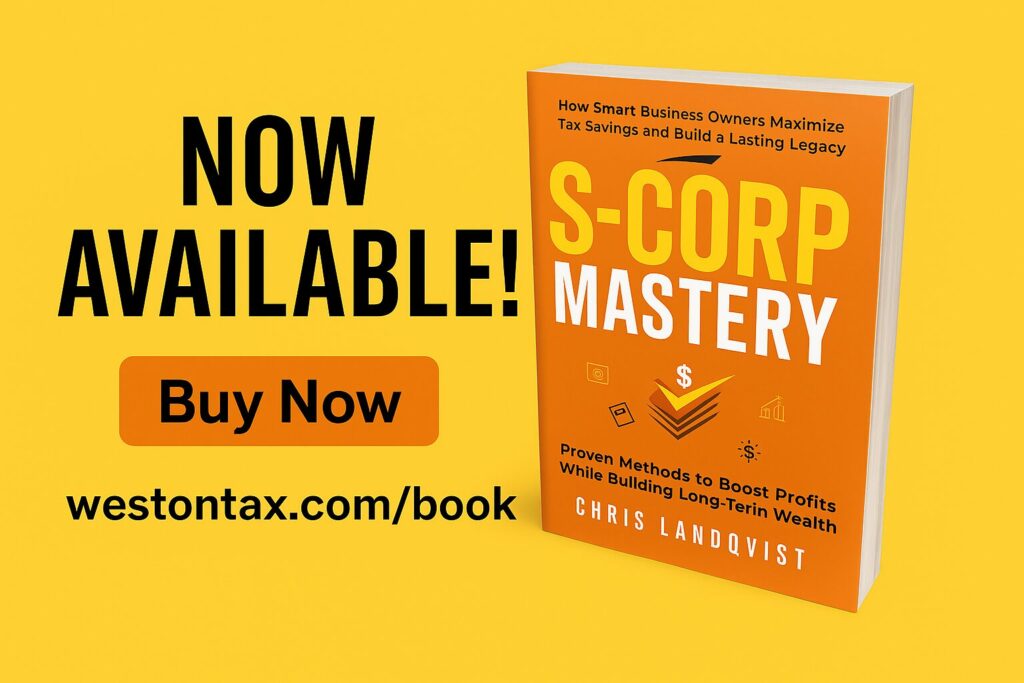When the new tax bill dropped, all eyes were on the headlines: corporate rates, child tax credits, energy incentives. But if you’re a business owner who buys equipment, drives a company vehicle, or renovates your office space, the real gift was tucked further down. If you’re into Real Estate… you just hit the jackpot.
It wasn’t loud. It wasn’t flashy. But it was big, beautiful, and quietly powerful.
I’m talking about bonus depreciation.
The updated legislation breathed new life into one of the most overlooked tax-saving tools available to entrepreneurs. In short, it gave business owners a way to supercharge their write-offs and unlock huge savings right away. Instead of waiting years for those deductions to slowly trickle in.
But before we get into how you can take advantage of this strategy today, let’s get our bearings.
If you need a refresher on the basics of how depreciation works and why it matters, you’ll want to start HERE.
In this guide, we’ll take things a step further. You’ll learn how bonus depreciation differs from regular depreciation, how to maximize it before the clock runs out, and the real-world examples that could save you thousands on your next return.
Let’s break it all down.
Why That New Big Beautiful Bill Matters to You
You probably didn’t read all 1,400+ pages of the latest tax legislation, and frankly, I don’t blame you. But buried deep in the fine print, right between the complicated phaseouts and industry-specific carveouts, is a shiny little gem that can make a massive difference in your bottom line: bonus depreciation.
Now, don’t let the name fool you. This isn’t some extra reward for good behavior. It’s a powerful tax strategy that lets you write off big purchases faster. If you’re a business owner who’s investing in your future — whether it’s new equipment, a vehicle, or even certain building improvements — you need to know how to take advantage of this.
Let’s break it down in plain English so you know exactly what bonus depreciation is, how it works, and why 2025 is such a crucial year to act.
Straight-Line vs. MACRS vs. Bonus Depreciation — What’s the Difference?
Let’s take a moment to understand the key players in the depreciation game. At its core, depreciation is just a fancy word for spreading out the cost of a business asset over time. But how you spread it out changes everything.
Straight-line depreciation is just what it sounds like — you deduct the same amount each year. It’s simple and often used for things like buildings.
MACRS (Modified Accelerated Cost Recovery System) is the IRS’s preferred way to speed things up a bit. It allows for larger deductions in the earlier years of an asset’s life, based on asset class and expected use.
Bonus depreciation, however, takes that acceleration and puts it on rocket fuel. Under the old rules (hello, 2017 Tax Cuts and Jobs Act), you could write off 100% of qualifying assets in year one. In 2025, that number has tapered down to 60%. It is still substantial, but with a clock ticking.
And yes, MACRS and bonus depreciation can actually work together. MACRS determines the asset class and base schedule. Bonus depreciation lets you bypass the wait and grab a bigger chunk upfront.
If your head’s spinning, here’s a simple metaphor: straight-line is a slow drip of tax savings, MACRS is a good pour, and bonus depreciation is opening the floodgates.
How to Actually Take Advantage of Bonus Depreciation
Now that you know what bonus depreciation is, here’s the million-dollar question: how do you use it?
Start with what qualifies. Bonus depreciation generally applies to tangible business assets with a useful life of 20 years or less. Think: machinery, computers, furniture, certain vehicles, and yes… sometimes leasehold improvements.
The key is timing. Assets must be purchased and placed in service during the tax year. Buying it in December but not using it until January? Sorry, it doesn’t count until it’s actually in use.
Also important: this is an all-or-nothing election. You can’t choose bonus depreciation for one machine and not the other unless you split them up by class or election. That’s where strategic planning comes in.
And don’t forget to talk to a tax strategist (like me) before you go buying new gear just for a deduction. The goal is to align your investments with long-term growth. Not just a one-time tax play.
I walk through some of the foundational ideas of depreciation in this earlier article on depreciation — check it out if you want the broader context.
Why 2025 Might Be The Greatest Gift Yet
And here’s where it gets really interesting.
Up until recently, bonus depreciation was phasing out year by year. The previous limits were 100% in 2022, then 80%, 60%, and a projected drop to 40% in 2025. That was the plan… until it wasn’t.
In a move that’s already making waves, President Trump just signed a new tax bill into law that restores 100% bonus depreciation all the way through 2030. That’s right… full expensing is back on the table for qualified purchases. It’s one of the most business-friendly provisions we’ve seen in years, and it quietly rewrites the playbook for anyone planning to invest in equipment, vehicles, or property improvements.
So if you’ve been hesitating — waiting for a sign to pull the trigger on that big purchase… this is it. You now have a wide-open window to supercharge your deductions, free up cash flow, and redirect that capital into real growth. Don’t waste it. Because tax law giveth… and it also taketh away.
If you’re not sure what qualifies, or how this fits into your bigger tax strategy, let’s chat. You can book a time with me here.
Bonus Depreciation in Action — A Real-World Example
Let’s say you run a manufacturing business and buy $150,000 in new robotics this summer.
With bonus depreciation at 40%, you could write off $60,000 in year one. That’s $60,000 of income that’s no longer taxable. With the old rules, this could present a potential $15,000–$20,000 in actual tax savings (depending on your bracket).
However, with the new legislation, the entire amount ($150,000) you spent on qualifying equipment will lower your taxable income. See the potential impact here?
Compare that to straight-line depreciation, which might only give you $10,000 or $15,000 this year. Big difference, right?
And here’s the twist: if you structure this purchase through your S-Corp and combine it with the right income shifting or self-rental strategy, you could unlock even more savings. But now we’re getting into serious planning territory—and that’s what we do best.
A Word of Warning: Depreciation Is a Loan, Not a Gift
One last thing that even many CPAs forget to mention: bonus depreciation isn’t “free money.” It’s a timing play.
You’re “front-loading” a deduction that you would’ve taken over time anyway. When you sell the asset later, you’ll likely owe depreciation recapture tax. Unless you use a 1031 exchange or other advanced exit strategy.
That’s why it’s essential to think long-term. Bonus depreciation is a smart move if you need the deduction now and have a plan for managing the consequences later.
This isn’t about getting aggressive, it’s about being strategic. You’re using the tax code as it’s written, not bending any rules.
The Takeaway: Don’t Miss the Moment
Bonus depreciation is one of the most powerful tools in the tax toolbox — especially for small and medium-sized businesses that are actively reinvesting.
With the legislation signed into law… the time to act is now.
Work with a professional. Map out your purchases. Don’t guess. And absolutely don’t wait until tax season. By then, it’s already too late.
Welcome to the New Age of Accounting. Let’s begin.

Chris is the Managing Partner at Weston Tax Associates, a best-selling author, and a renowned tax strategist. With over 20 years of expertise in tax and corporate finance, he simplifies complex tax concepts into actionable strategies that drive business growth. Originally from Sweden, he now lives in Florida with his wife and two sons.











